
Shoe insoles are a crucial part of your footwear, providing support, comfort, and cushioning for your feet. However, over time, they can accumulate dirt, sweat, and odor, affecting their performance and lifespan. To keep your insoles functioning at their best, regular cleaning and maintenance are essential.
In this article, we'll explore the best practices for cleaning and maintaining your shoe insoles, ensuring they stay fresh and hygienic, and provide optimal support for your feet. Whether you're an athlete, a daily commuter, or someone who spends long hours on your feet, following these simple steps will extend the life of your insoles and help maintain your foot health. Let’s dive into the process!
How do You Take Care of an Insole?
Proper insole care ensures they maintain their shape, support, and hygiene, maximizing their effectiveness and longevity. Here's how:
Regular Cleaning:
Frequency: Clean your insoles regularly, at least once a week, or more often if you wear them heavily or engage in sweaty activities.
Methods:
Mild Soap and Water: Use a mild soap and warm water solution. Gently scrub the insoles with a soft brush or cloth. Avoid excessive scrubbing, which can damage the materials.
Baking Soda: Sprinkle baking soda on the insoles and let it sit for a few hours or overnight to absorb odors. Brush off the excess baking soda before use.
Vinegar Solution: Mix equal parts white vinegar and water. Spray or wipe the solution onto the insoles and let them air dry. Vinegar helps to eliminate odor-causing bacteria.
Commercial Insole Cleaners: Use a commercial insole cleaner specifically designed for your type of insole, following the product instructions.
Drying:
Air Dry Thoroughly: Always air dry your insoles completely after cleaning. Avoid direct heat sources such as radiators or dryers, as this can damage the materials.
Allow Adequate Time: Depending on the material, it may take several hours or even overnight for the insoles to dry completely.
Replace When Necessary:
Signs of Wear and Tear: Look for signs of wear and tear, such as flattening of the cushioning, cracking, or tearing.
Loss of Support: If you notice a significant decrease in support or comfort, it may be time to replace your insoles.
General Guideline: Most insoles need to be replaced every 3-6 months, depending on usage and wear and tear.
Additional Tips:
Alternate Insoles: If you use insoles frequently, consider having two pairs to alternate between. This allows each pair to air out and dry completely between uses.
Store Properly: When not in use, store your insoles in a cool, dry place away from direct sunlight or heat sources.
Note: Always refer to the manufacturer's instructions for specific cleaning and care recommendations for your particular type of insole.
By following these simple care tips, you can ensure your insoles remain clean, comfortable, and effective, providing optimal support and enhancing your overall foot health and well-being.
Is it Okay to Put Insoles in the Washing Machine?
Generally, it's NOT recommended to put insoles in the washing machine.
Here's why:
Damage: The washing machine's agitation and the heat of the water can damage the structure and materials of many insoles. This can include:
Deformation: The cushioning layers can become compressed or distorted.
Separation: Layers of the insole can come apart.
Deterioration: The materials may weaken or break down.
Loss of Support: Washing can compromise the arch support and other key insole features.
Manufacturer Recommendations: Most insole manufacturers recommend hand washing or air drying only.
If you're unsure about washing your specific insoles:
Check the manufacturer's instructions: Look for care instructions on the packaging or on the insole itself.
Contact the manufacturer: If you can't find any instructions, contact the manufacturer directly to inquire about their washing recommendations.

How do You Get the Smell out of Insoles?
Baking Soda:
A classic for a reason! Sprinkle baking soda generously on the insoles.
Let it sit for several hours or overnight to absorb odors.
Brush or vacuum off the excess.
Vinegar Solution:
Mix equal parts white vinegar and water in a spray bottle.
Spray the solution onto the insoles and let them air dry completely.
Vinegar's acidity helps kill odor-causing bacteria.
Rubbing Alcohol:
Spray the insoles lightly with rubbing alcohol.
Let it air dry completely.
Alcohol is a strong disinfectant that can kill bacteria.
Commercial Shoe Deodorizers:
Many shoe deodorizers are available on the market.
Follow the instructions on the product.
Air Drying:
Always allow your insoles to air dry completely after cleaning or wearing.
Sunlight can also help kill bacteria.
Wear Clean Socks: Change your socks daily, especially after sweaty activities.
Use Foot Powder: Apply foot powder to your feet before putting on socks to absorb moisture.
Rotate Shoes: Don't wear the same pair of shoes every day. This allows them to air out properly.
Consider Antibacterial Insoles: Some insoles are treated with antibacterial agents to help prevent odor.
How Long to Soak Insoles in Vinegar?
You should soak your insoles in a vinegar solution for at least 30 minutes, and up to 1-2 hours.
For tougher odors: You can soak them for longer, but avoid prolonged soaking as it may damage some insole materials.
Here's a quick recap of the process:
Mix the solution: Combine equal parts white vinegar and warm water in a bowl or basin.
Soak the insoles: Submerge the insoles completely in the vinegar solution.
Soaking time: Let them soak for at least 30 minutes, or up to 1-2 hours for stubborn odors.
Rinse thoroughly: Rinse the insoles thoroughly with clean water to remove any remaining vinegar.
Air dry completely: Allow the insoles to air dry completely on a clean towel or drying rack. Avoid direct heat.
Remember: Always check the manufacturer's instructions for your specific insoles, as some materials may not be suitable for vinegar soaking.
Why do My Insoles get Dirty?
Sweat: Your feet naturally produce sweat, which is absorbed by the insoles. This sweat creates a moist environment where bacteria can thrive.
Skin Cells: Dead skin cells shed from your feet and accumulate on the insoles.
Dirt and Debris: Dust, dirt, and other debris from the environment can get trapped in the insoles.
Shoe Wear and Tear: As your shoes wear down, small particles of shoe material can rub off and accumulate on the insoles.
These factors combine to create a breeding ground for bacteria, which can lead to unpleasant odors and even contribute to foot problems like athlete's foot.
How Often Should I Change My Insoles?
In general, most insoles need to be replaced every 6 to 12 months, depending on how frequently you use them and the level of wear and tear they experience.
Active individuals who use insoles daily or engage in high-impact sports may need to replace them more often, as the materials may break down faster.
When you notice a loss of cushioning.
Visible signs of wear and tear.
After 500 to 700 miles of use (for active individuals).
When they no longer smell fresh.
If they stop supporting your foot arch.
If you experience foot pain or discomfort.
When they are no longer comfortable.


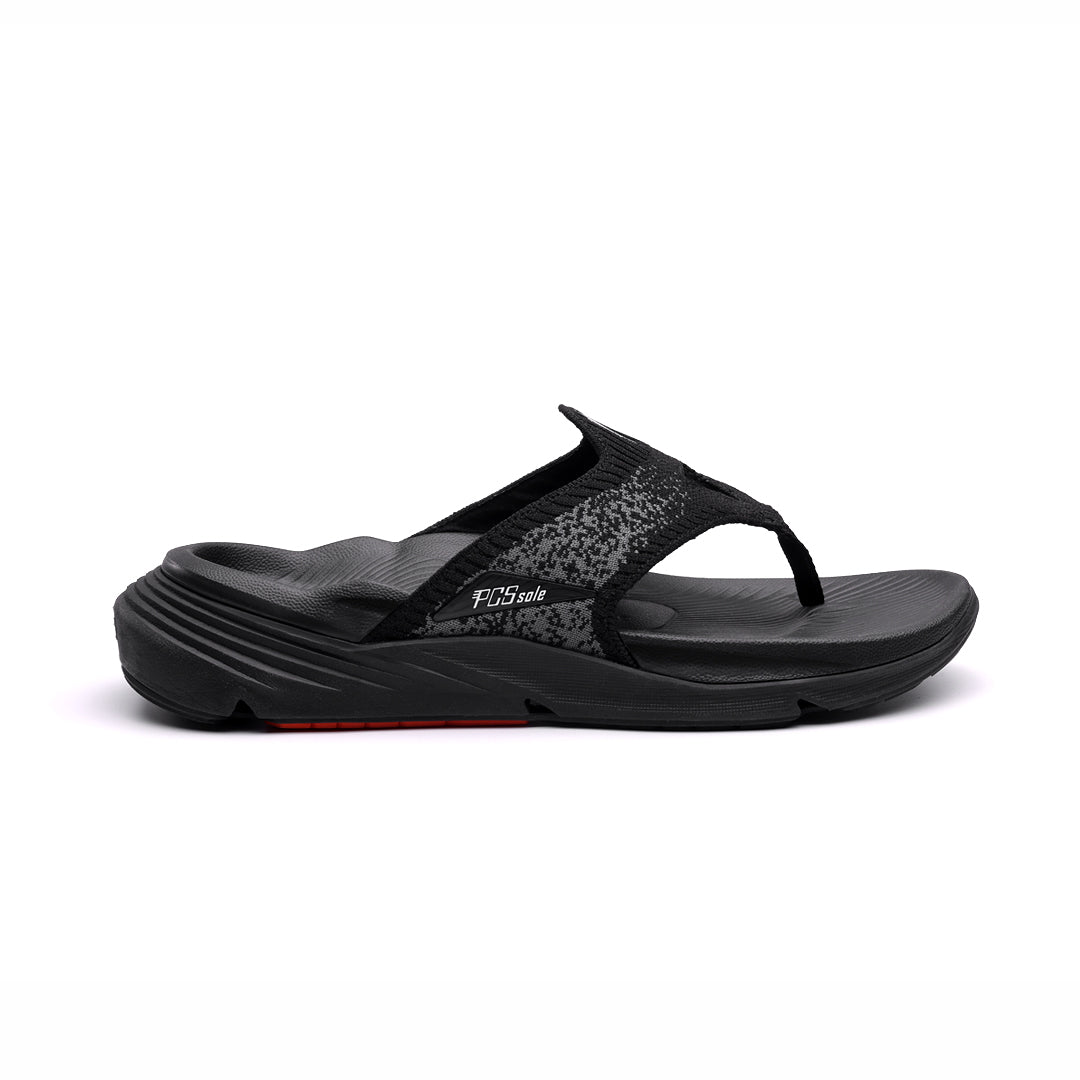

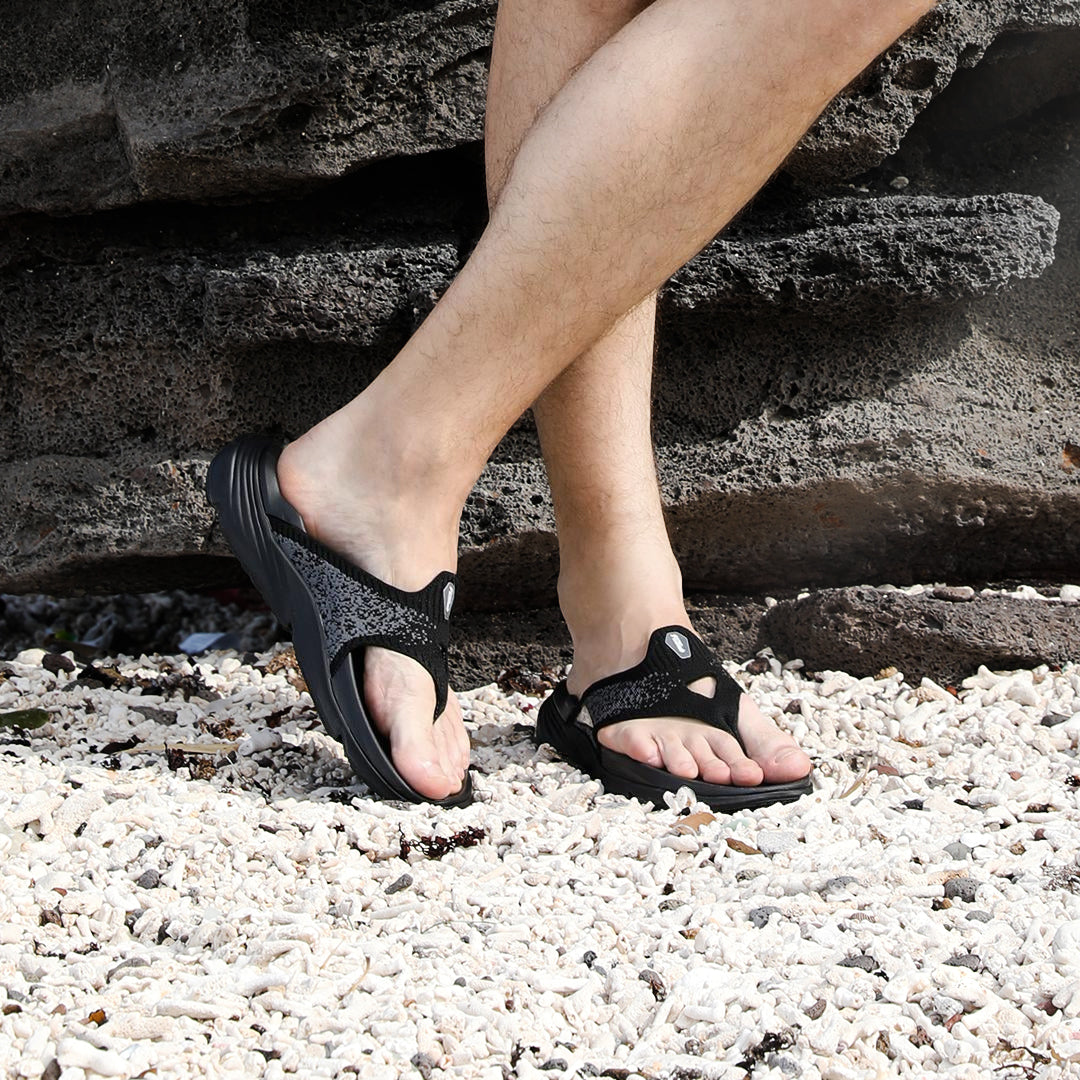
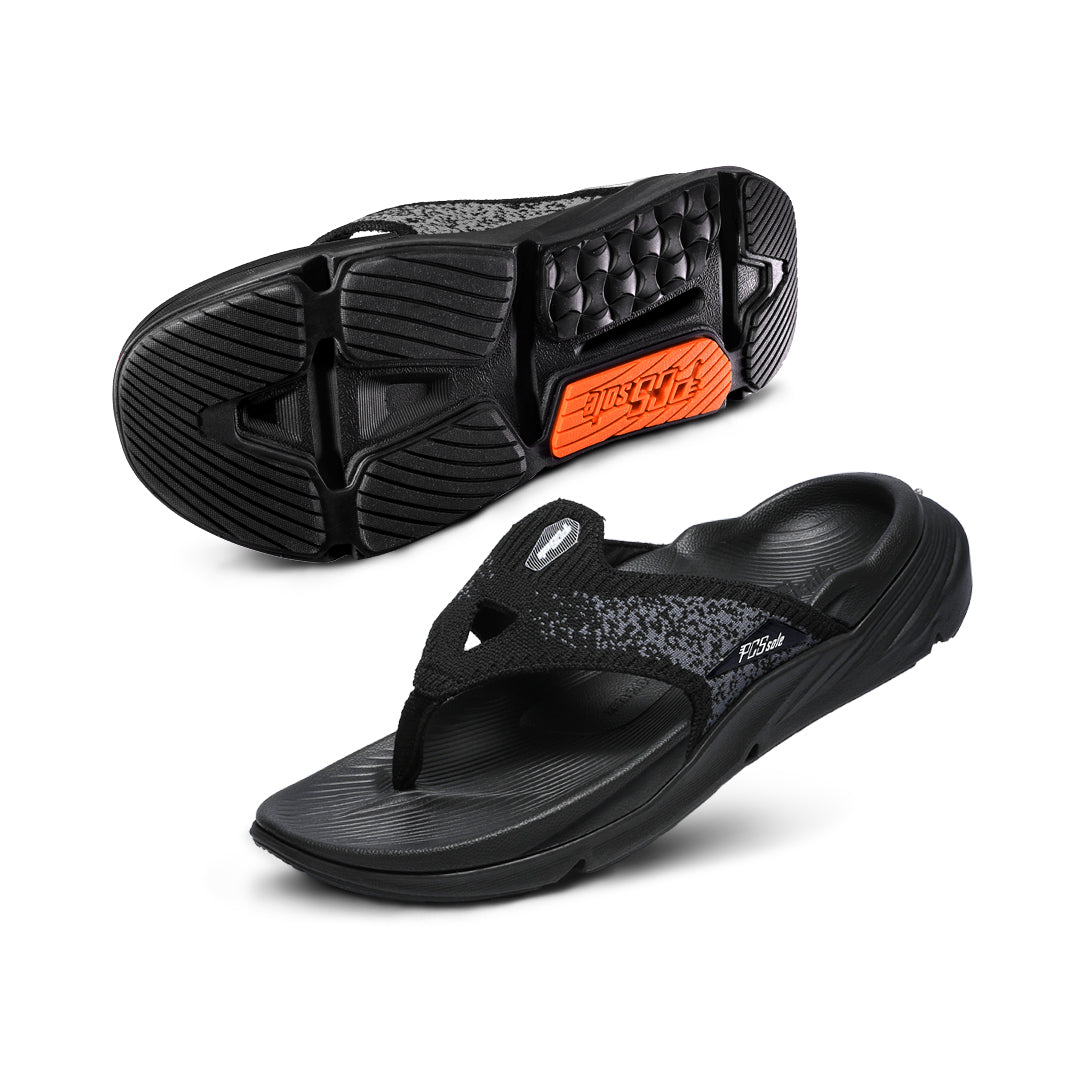
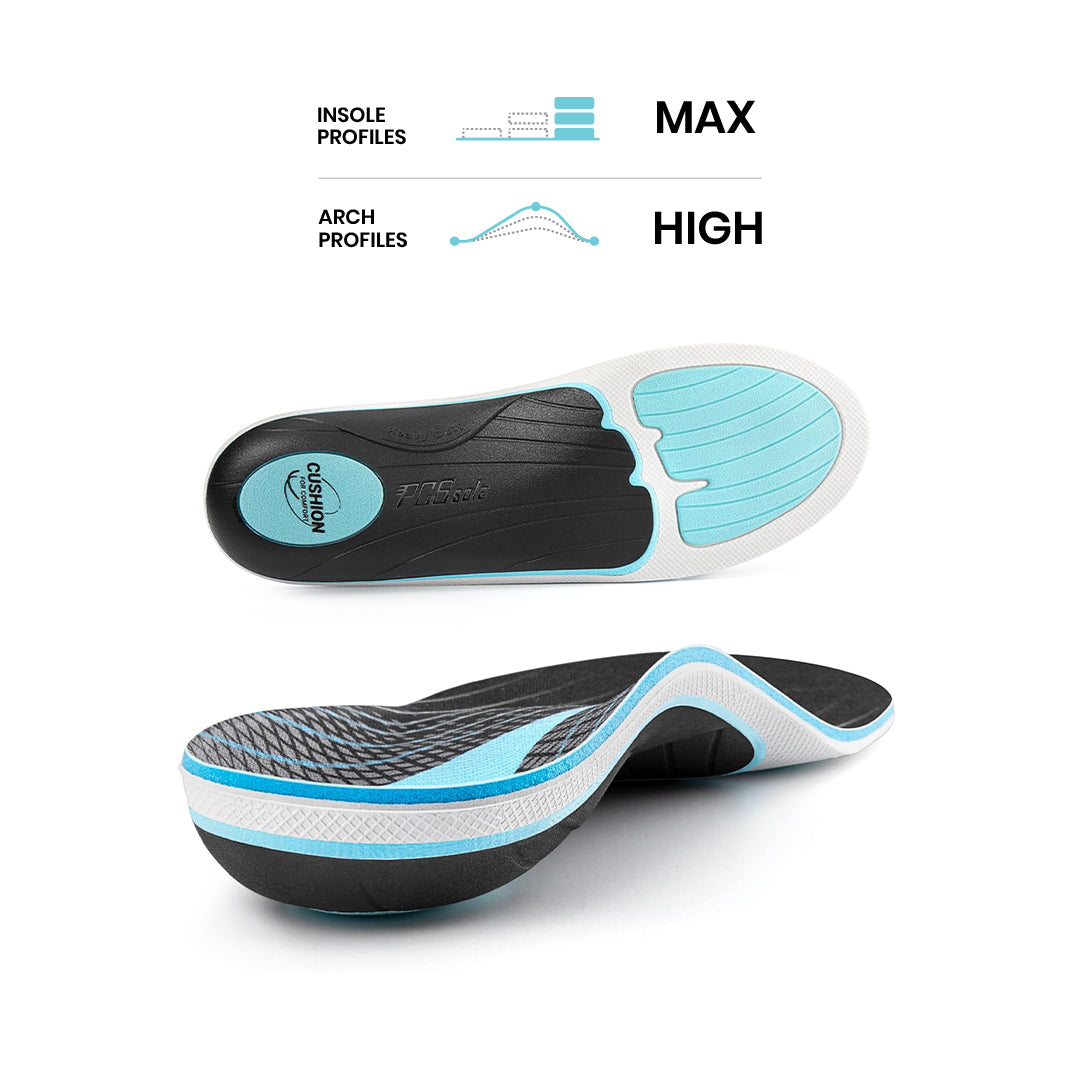
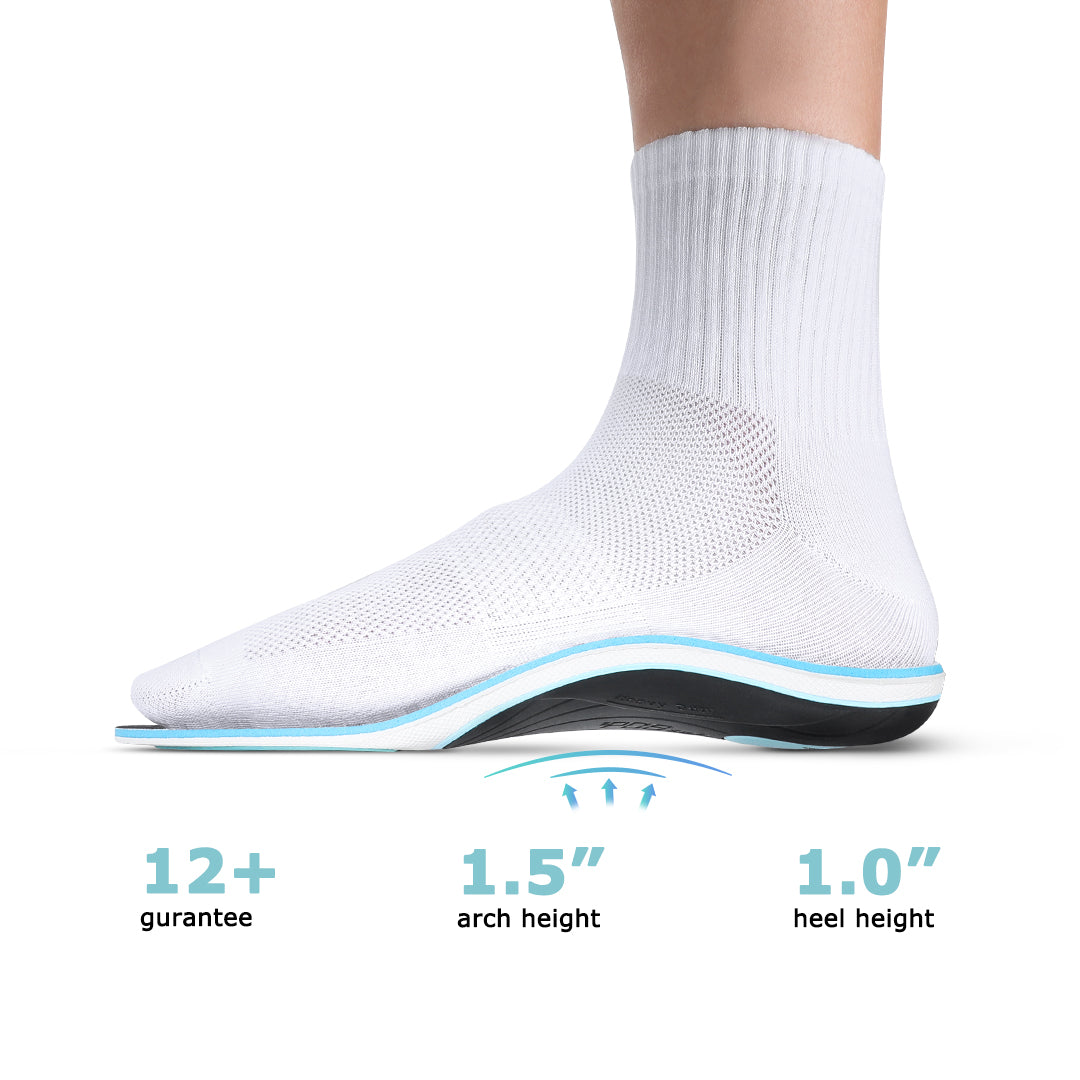
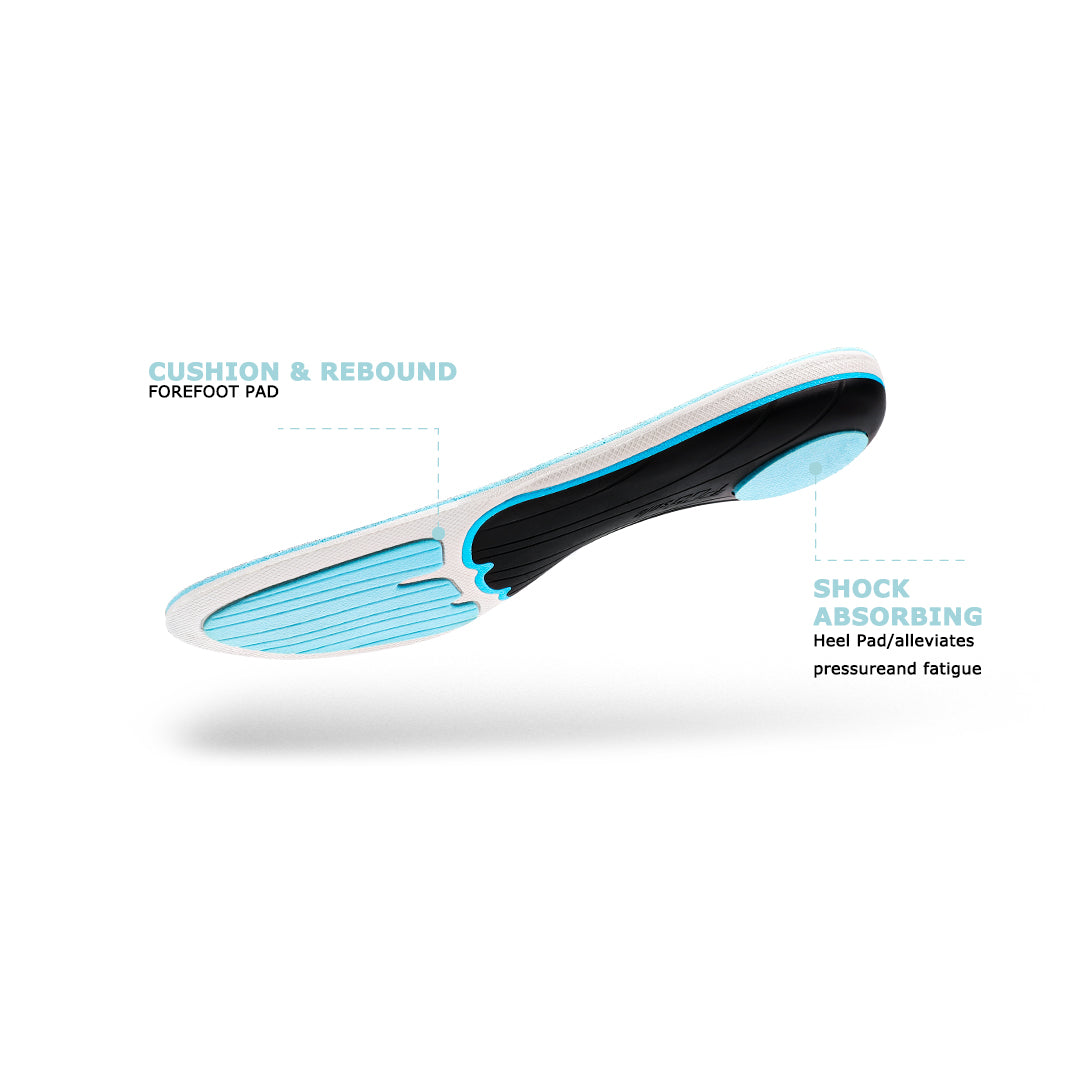
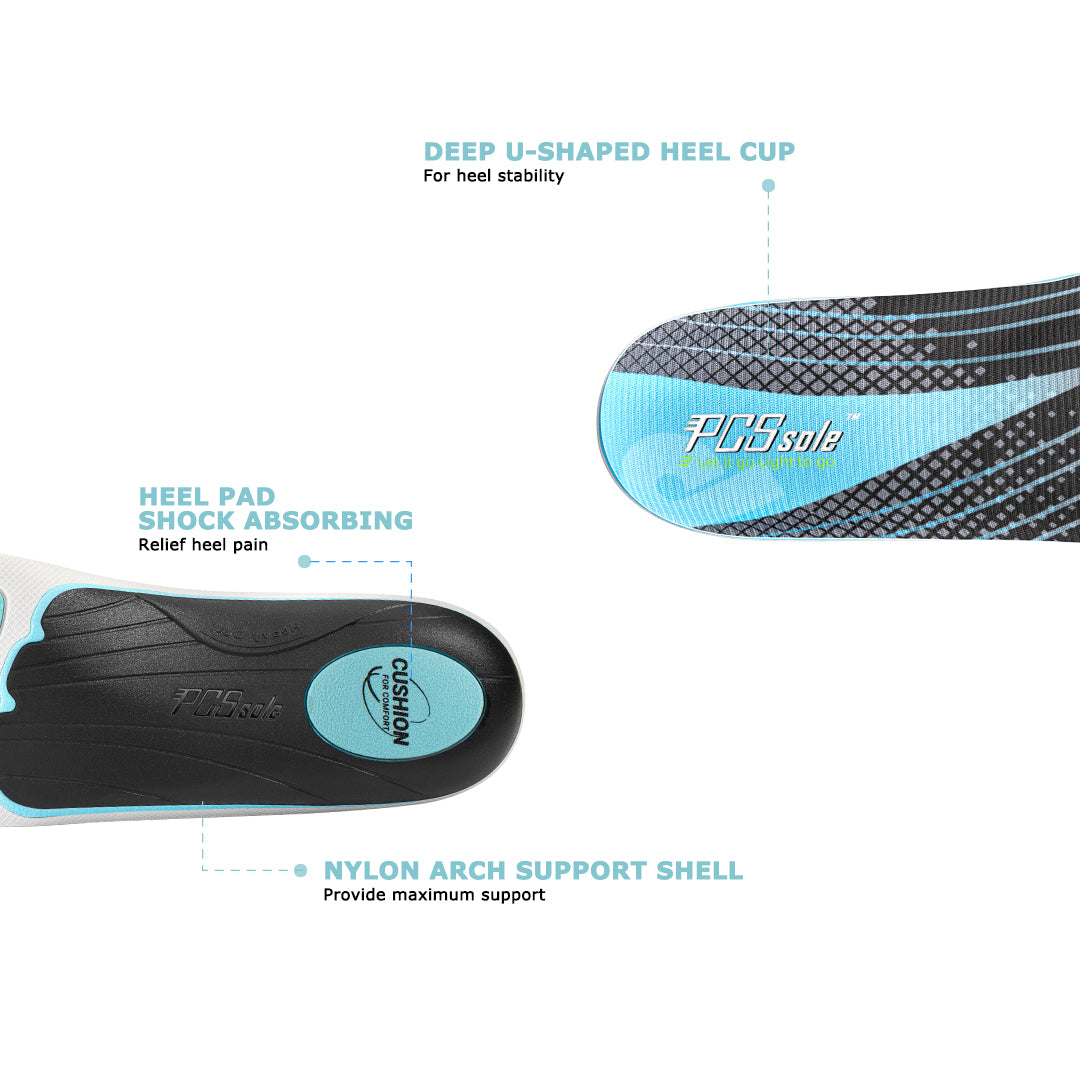
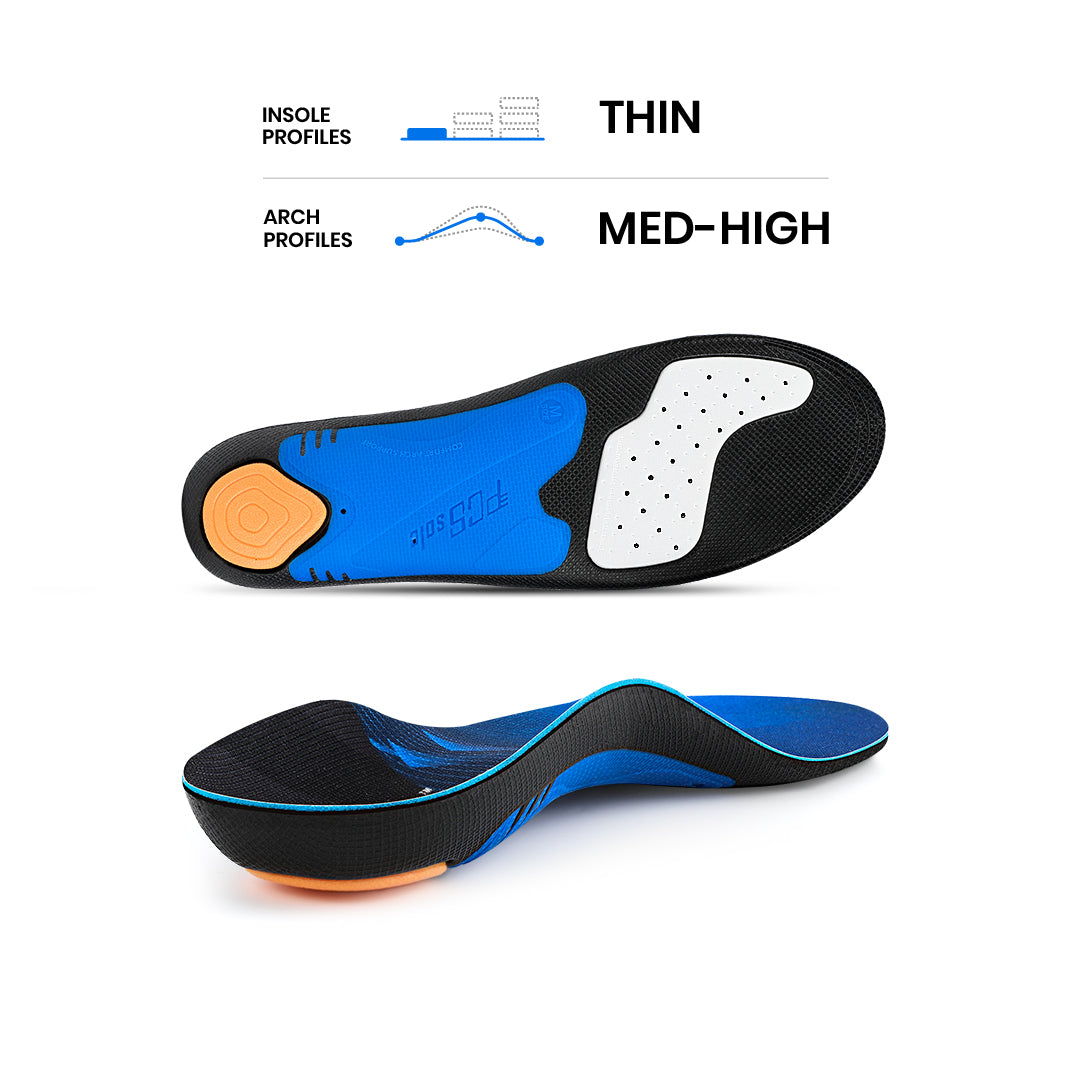
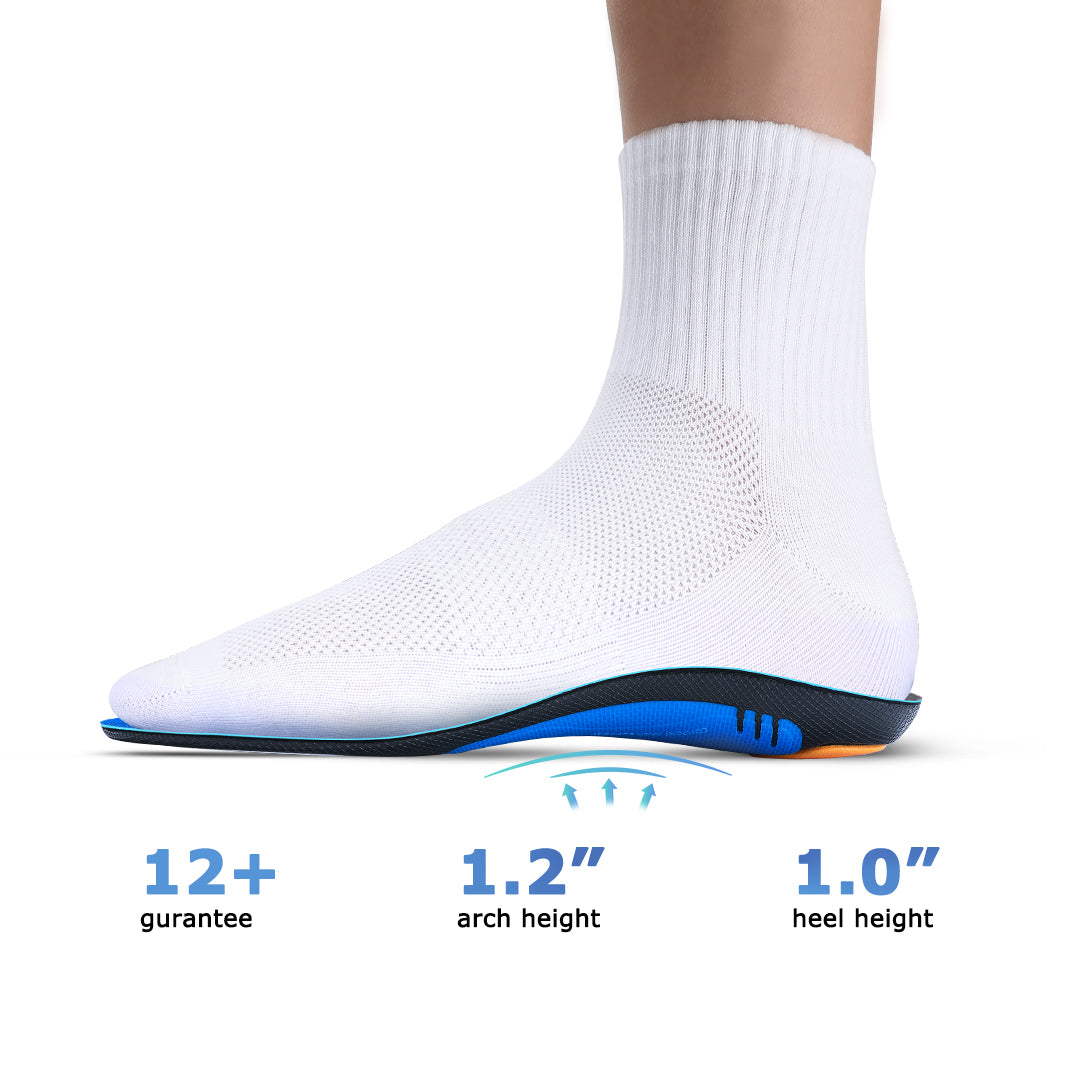
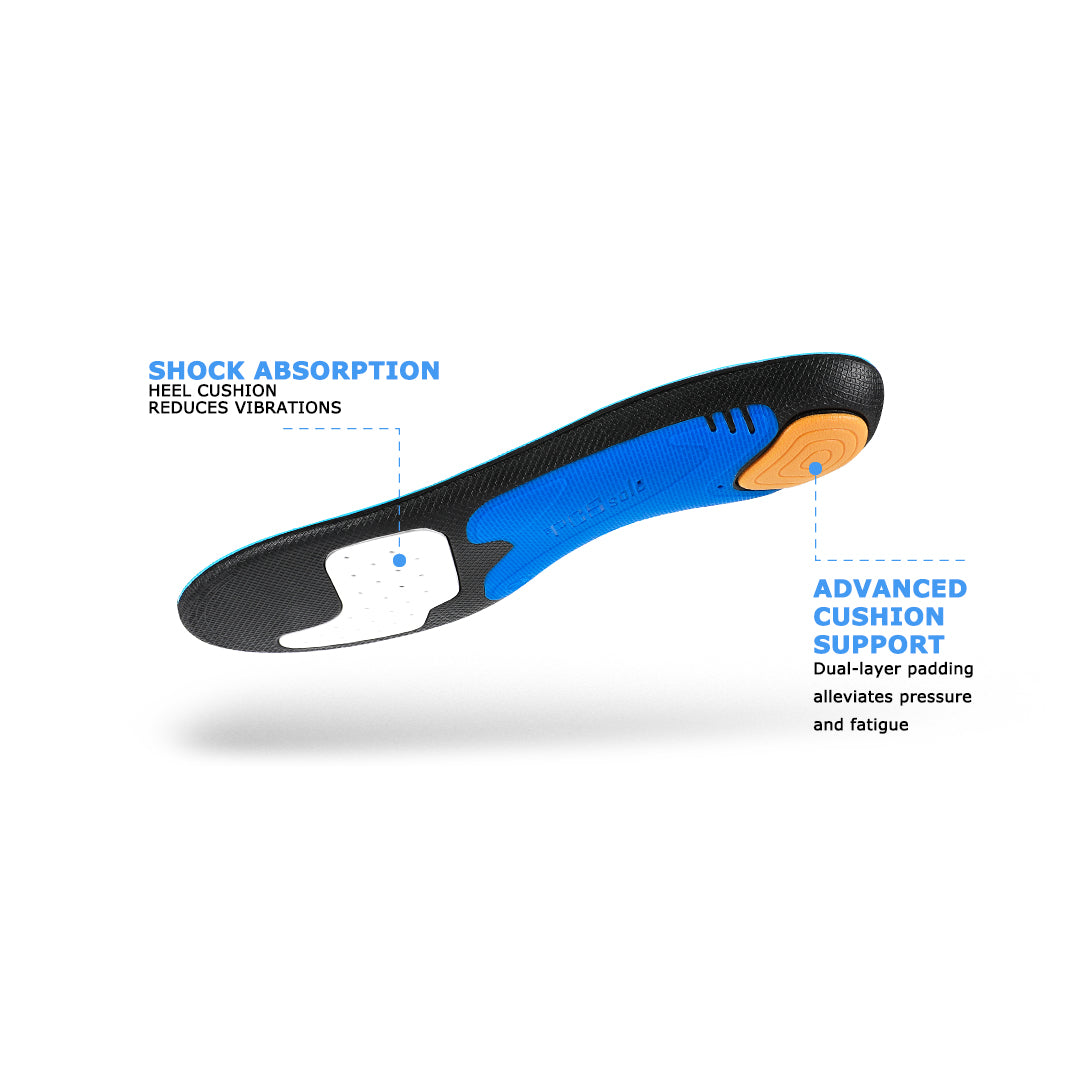
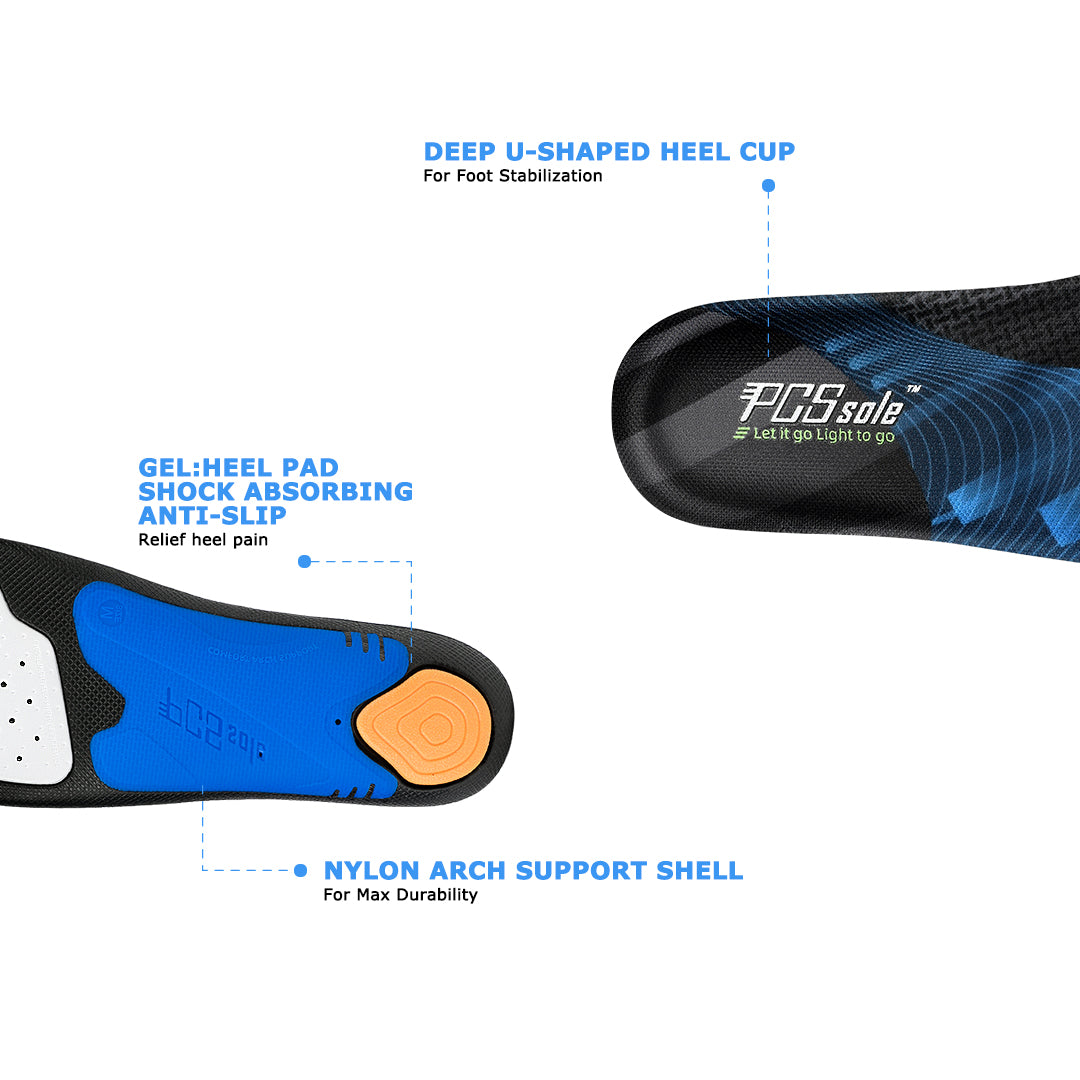
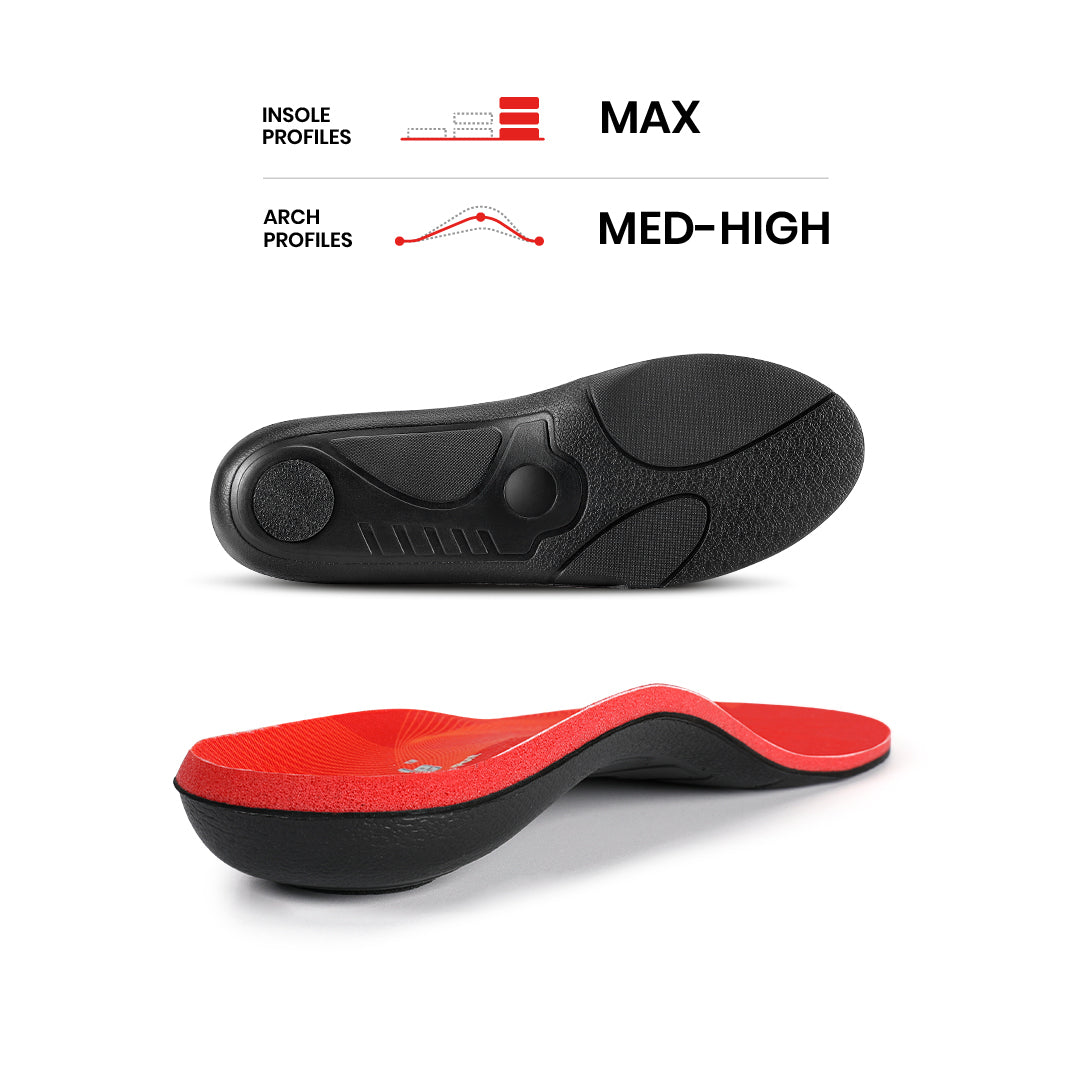
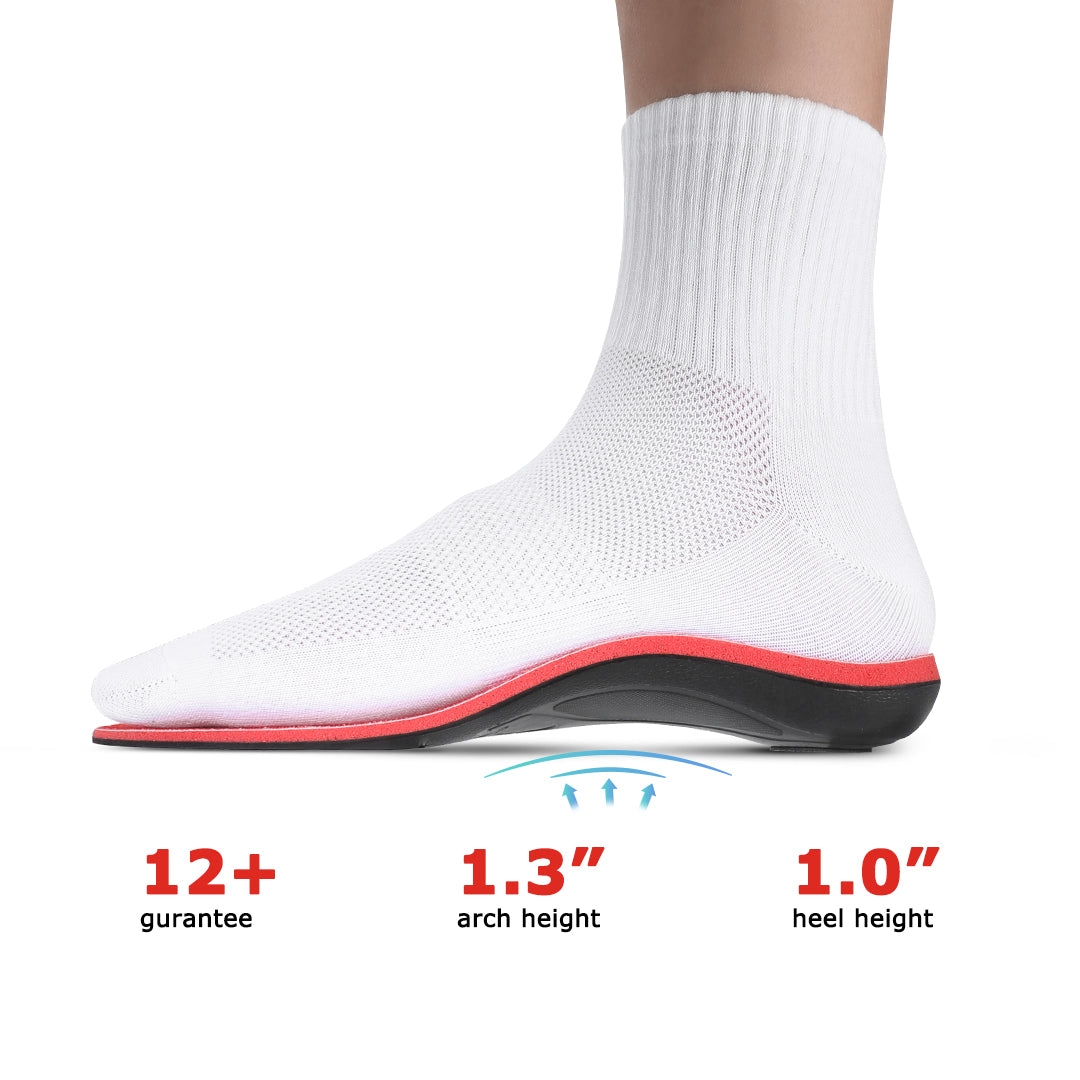
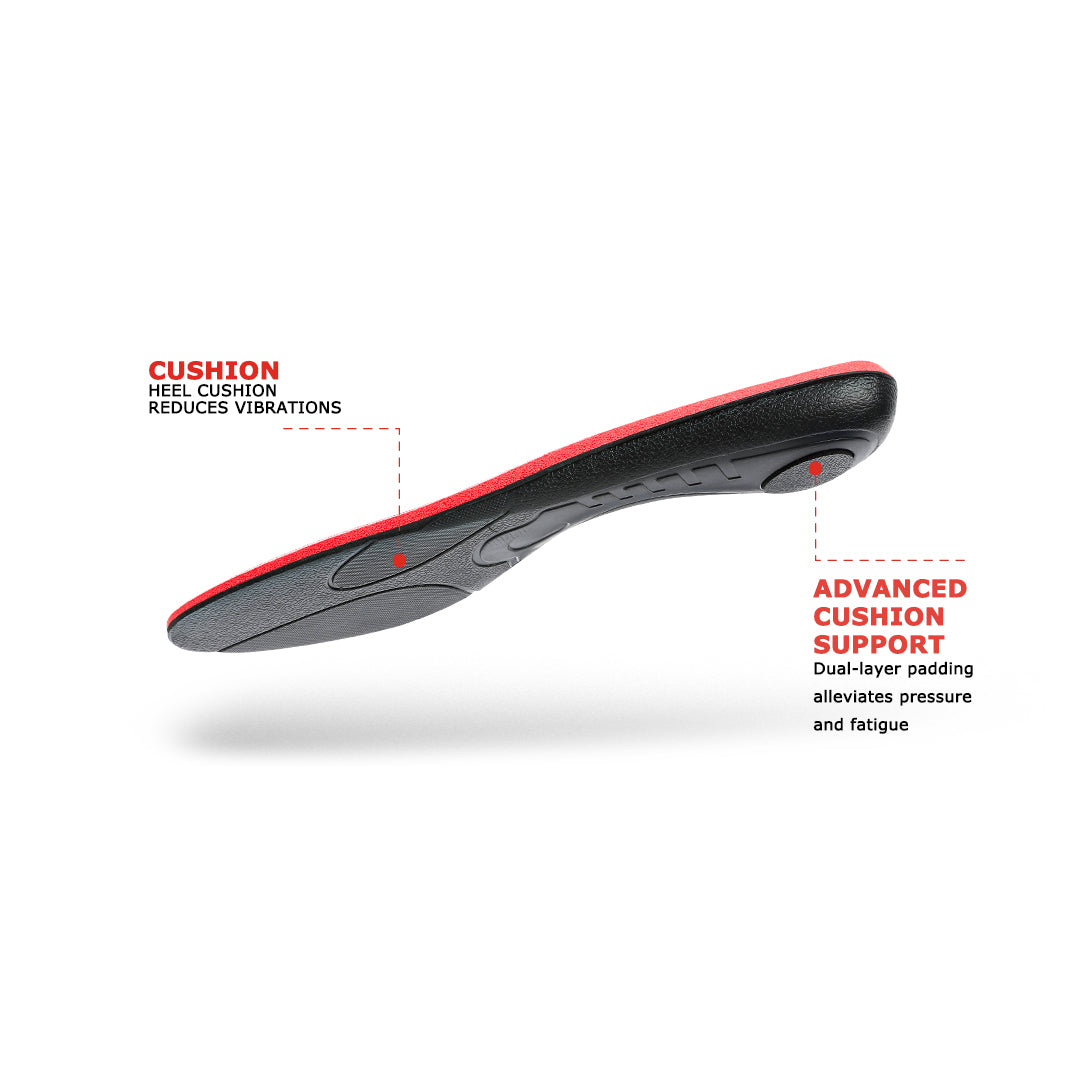
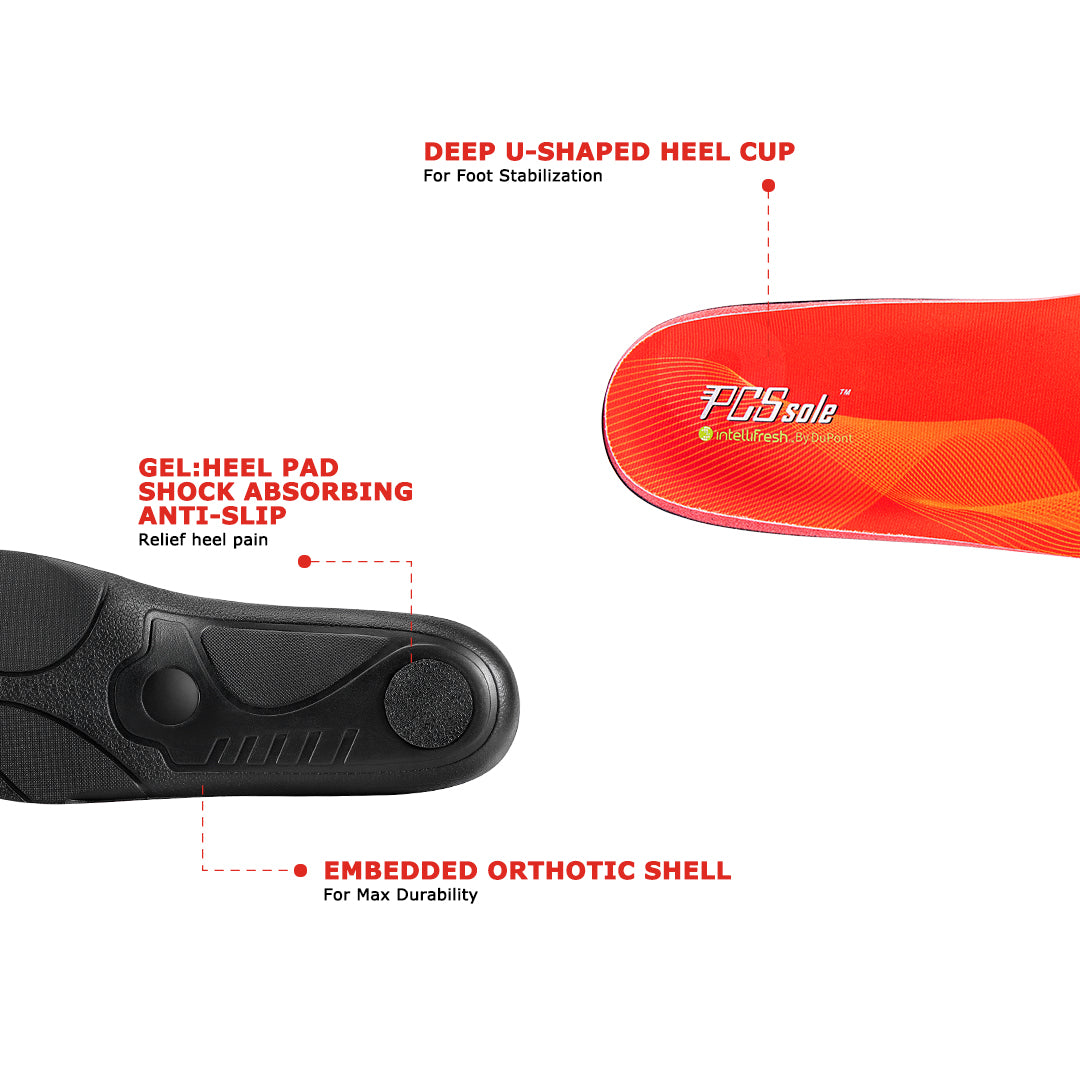
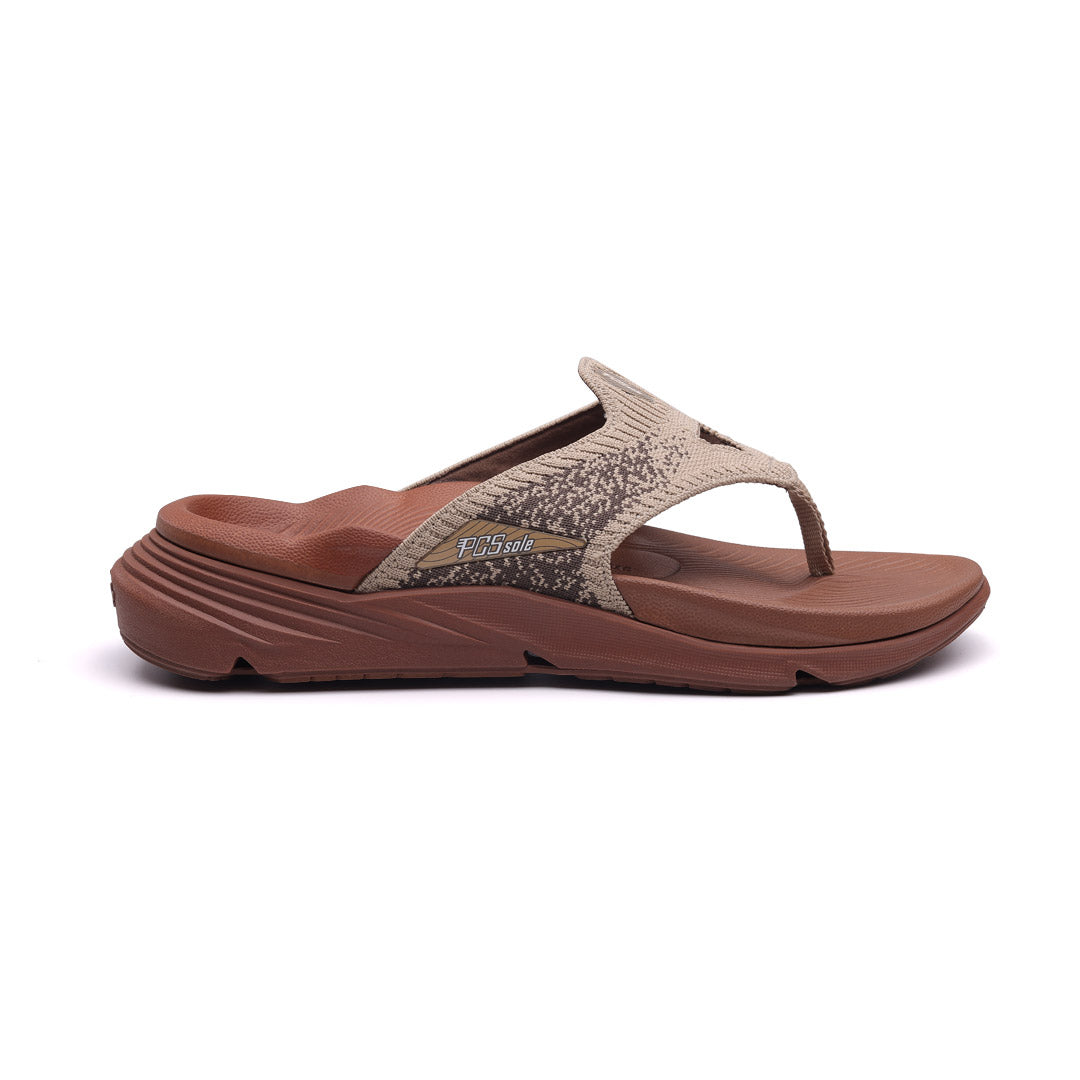


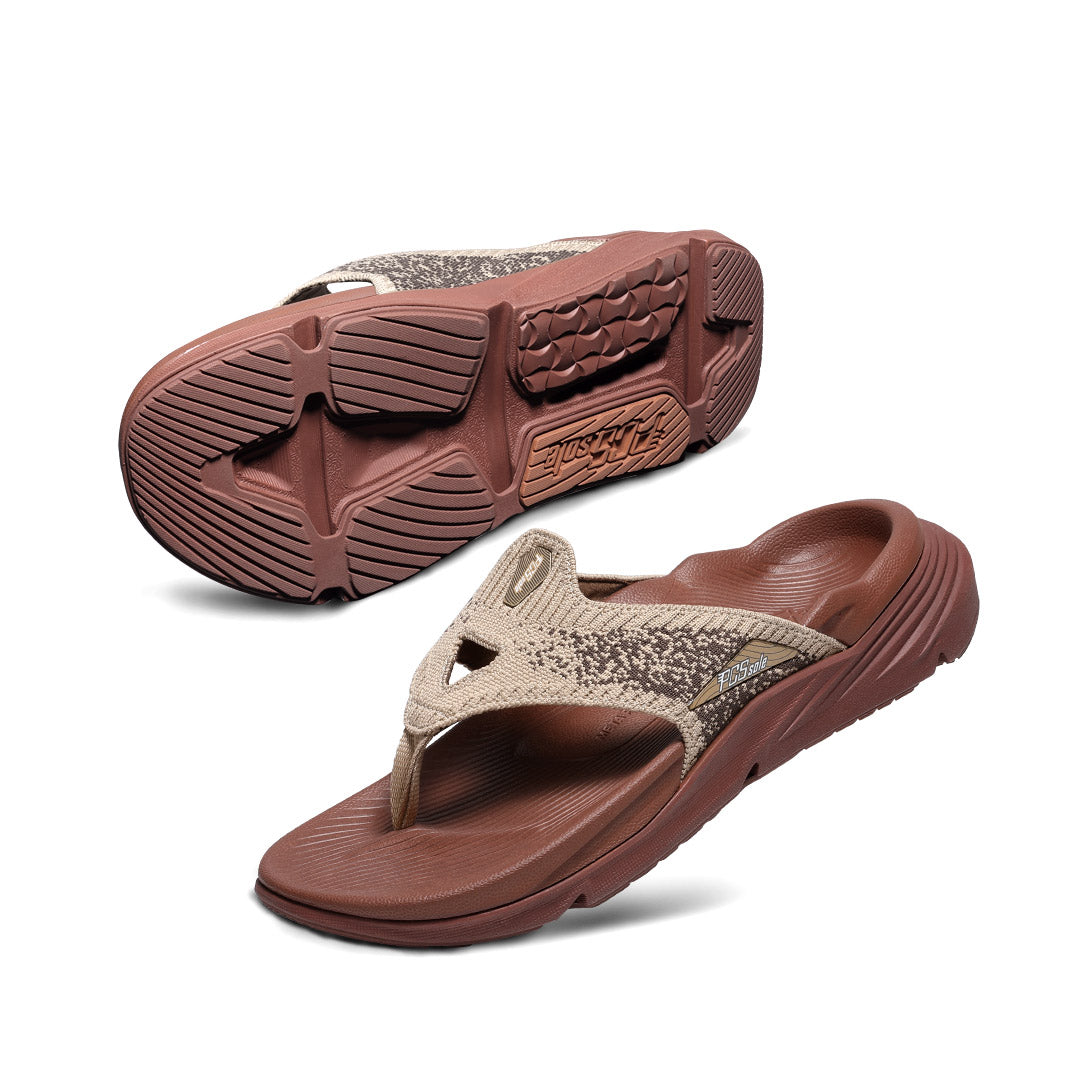
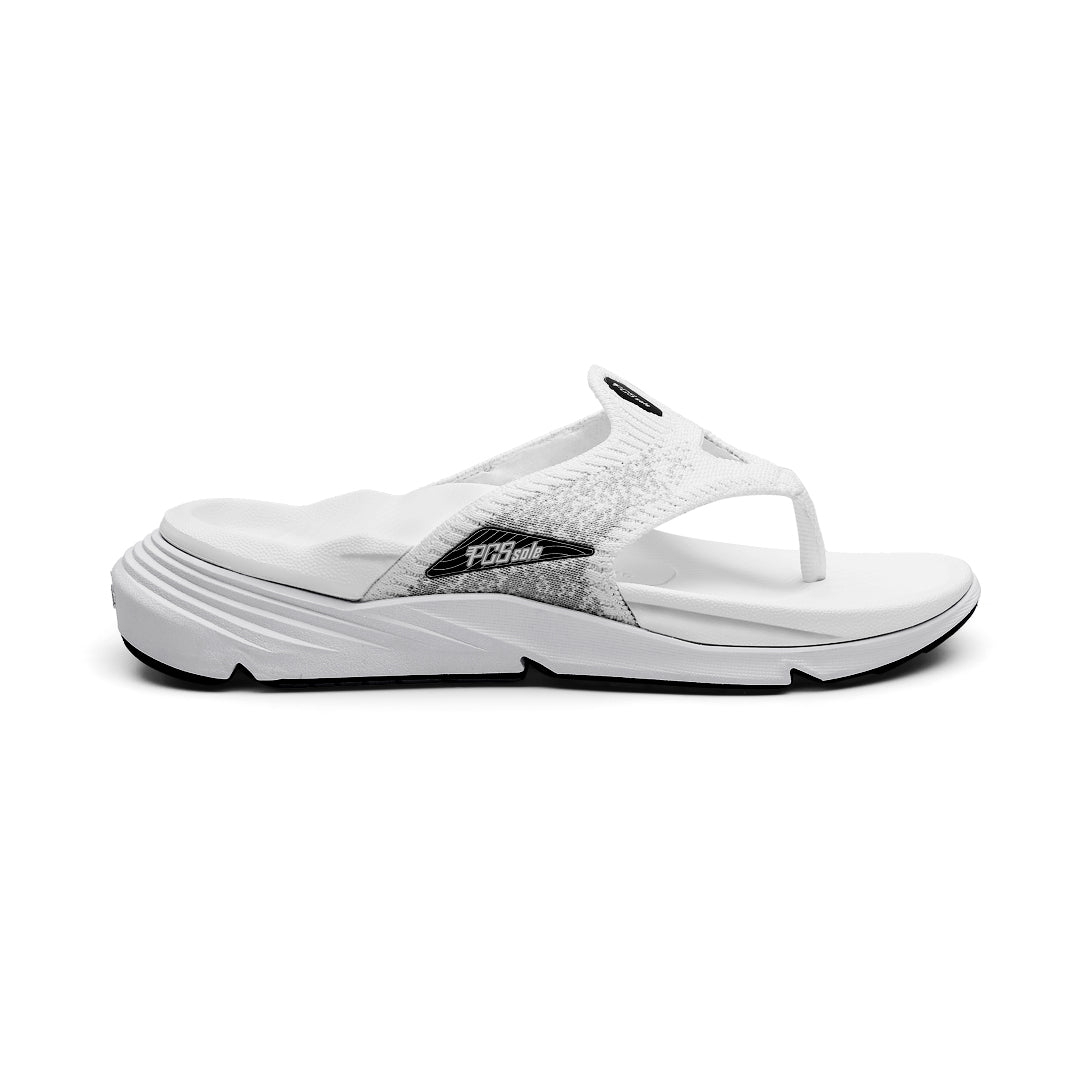

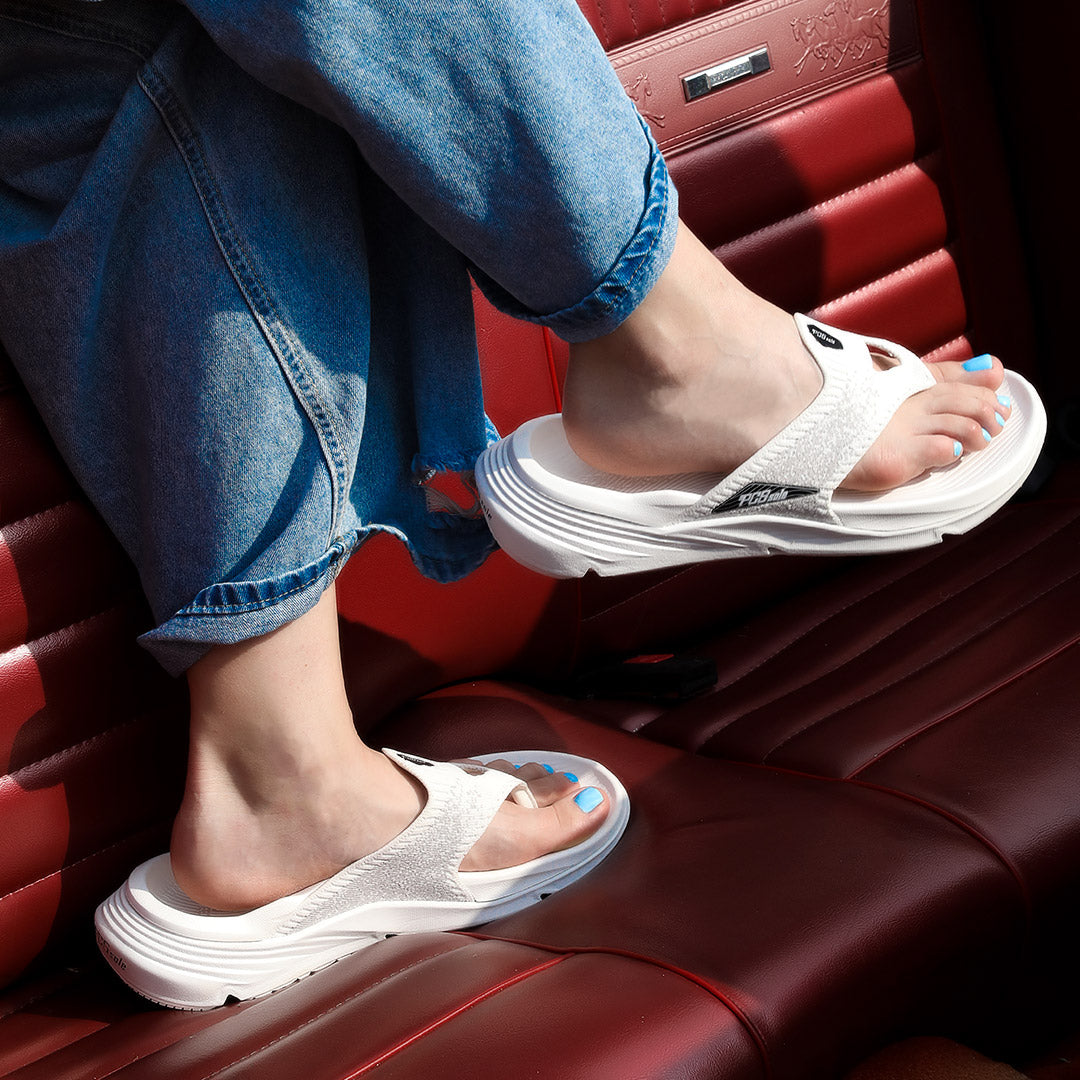
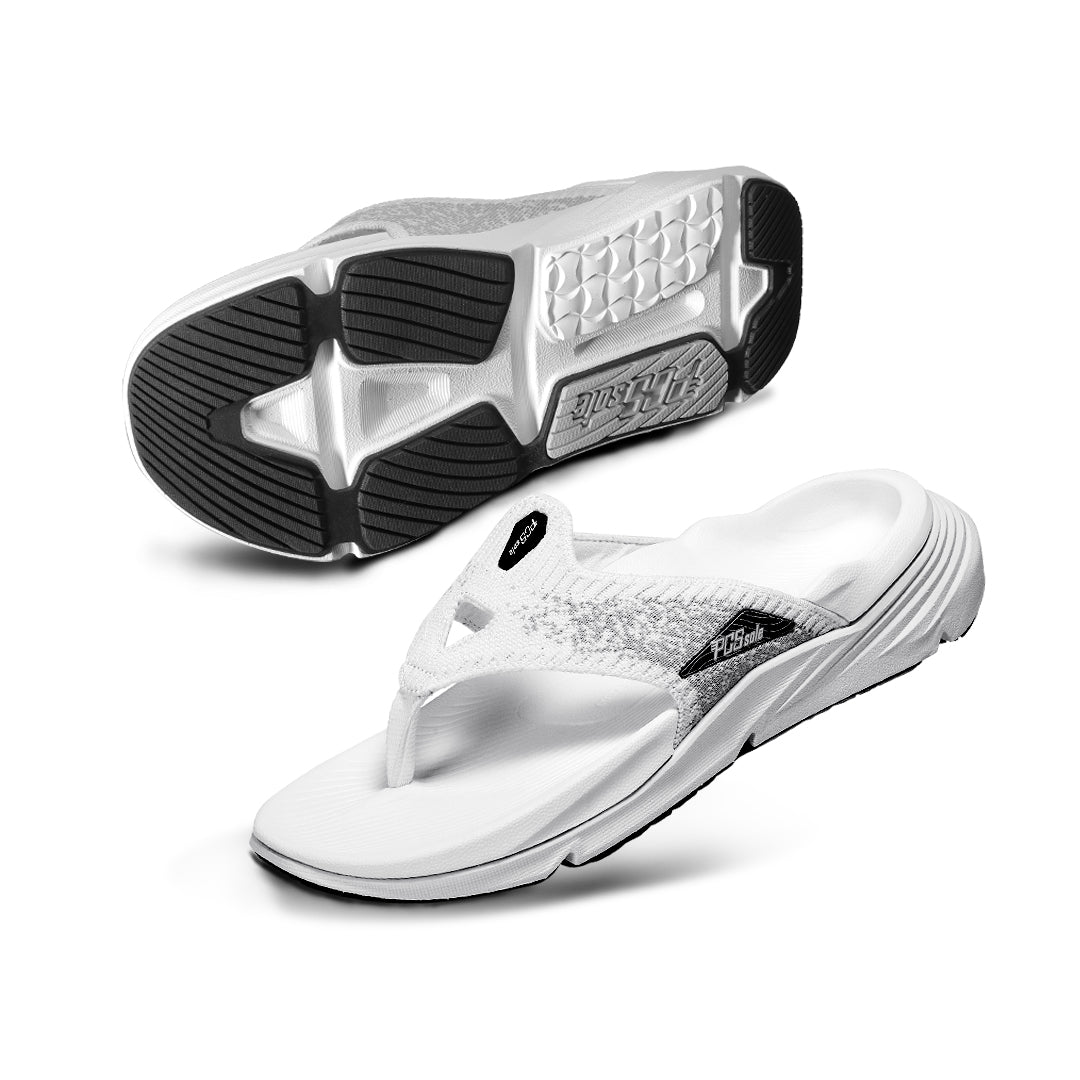
Share:
How to Maximize Your Athletic Performance with the Right Gear
Top Orthopedic Surgeon Reveals the Real Culprit Behind Your Foot Pain